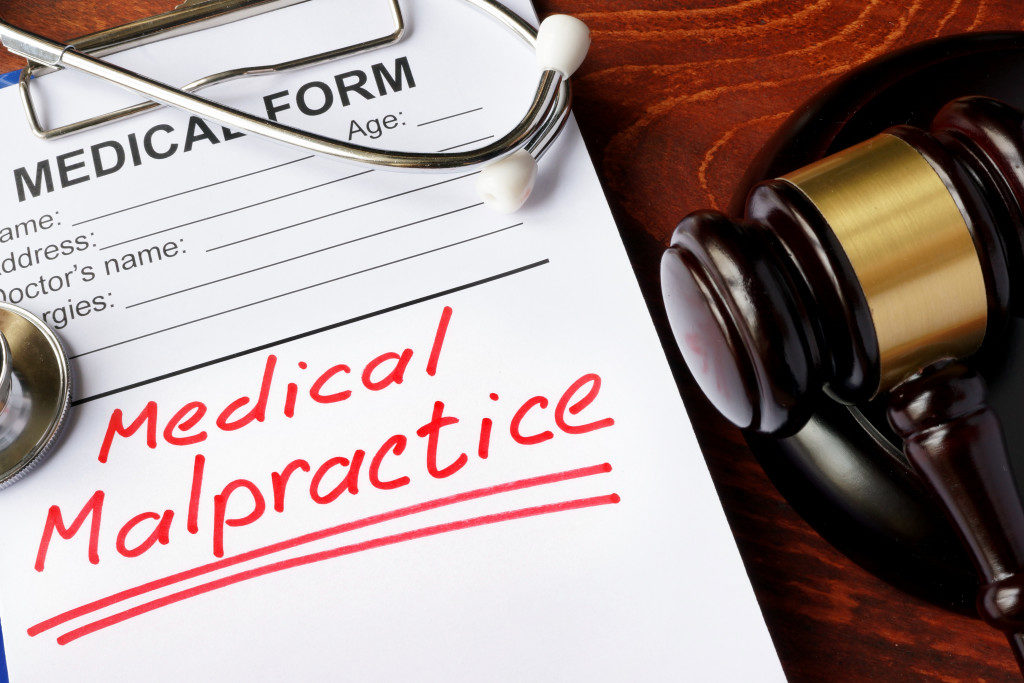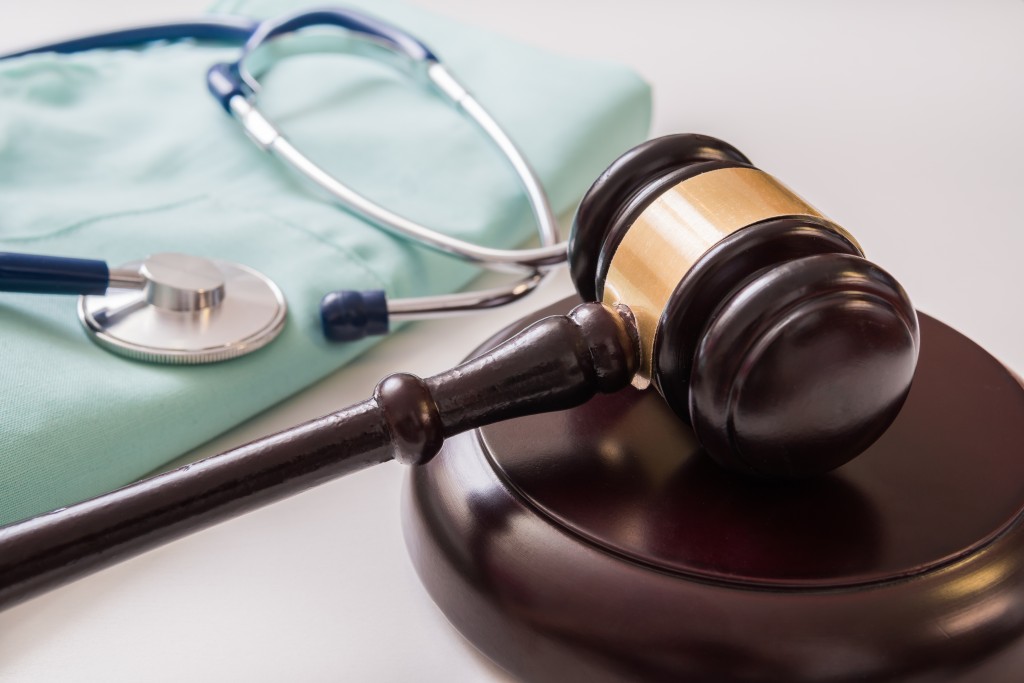At the time of this writing, Long Island’s coronavirus-related death toll has surpassed 3,000 and is still expected to rise in the following weeks. Health care workers are working around the clock to make sure that all patients get the care they deserve but there’s only so much they can do in this pandemic.
That being said, there are still cases of medical malpractice that occur including those that are and aren’t related to the pandemic. It’s wise to consult with your criminal lawyer if you or a loved one sustained injuries or health risks because your doctor’s misconduct or lapse in judgment.
When Does Medical Malpractice Occur?
Medical malpractice occurs when a doctor causes injuries on a patient, or when their inaction causes further harm to the patient. The most common concerns include treatment mistakes which competent medical doctors shouldn’t make, improper diagnosis that causes further harm or leads to the patient’s untimely death, and the lack of information about the treatment or procedure, except in emergencies.
The most common cases of medical malpractice occur during childbirth and surgery. Misdiagnosis and prescription errors are also considered as medical malpractice. Failure to diagnose, to monitor the patient, or to mention the risks involved in a procedure are also grounds for a lawsuit.
Does It Fall Under the Theory of Negligence or the Theory of Liability?
Many of these lawsuits fall under medical negligence. This is the type of lawsuit you want to file if your case involves accidental injuries, misdiagnosis, improper treatment, or unreasonable delay in treatment. To ensure your legal success, you need to provide proof:
- Demonstrate the expected standard of care, including what the doctor or health care professional should have done as a skilled and competent worker in the medical community.
- Demonstrate how the doctor or health care professional’s actual conduct didn’t meet the expected standards of care. This calls for a witness who specializes in the medical field.
The other type of medical malpractice falls under the theory of liability. In this situation, a doctor performs a treatment without the patient’s consent (except in emergency cases when the patient is physically unable to give their consent) or without stating all possible risks beforehand.
According to New York State’s informed consent law, the doctor must:
- Disclose all risks and benefits of the treatment, and provide alternatives.
- Make sure that the patient fully understands the disclosure
- Wait for the patient’s voluntary waiver of consent to the treatment.
If any of these are violated, you have up to 30 months from the alleged time of malpractice, or from the last treatment session, to file a medical malpractice lawsuit. New York’s statute of limitation for minors starts when the child turns 18 years old.
There Is Always the Possibility of Shared Fault

If you proceed with a trial, there is always the chance that the court might rule you or your loved one as partially liable for the medical condition or sustained injuries. This is in accordance with New York State’s pure comparative negligence rule, which reduces the damages award if the court proves that the complainant played a part in the incident.
Whatever the court’s findings may be, the best way you can defend your case and receive proper compensation is with the help of an experienced attorney. Work with your lawyer to discern the facts and present your best case to the court.

